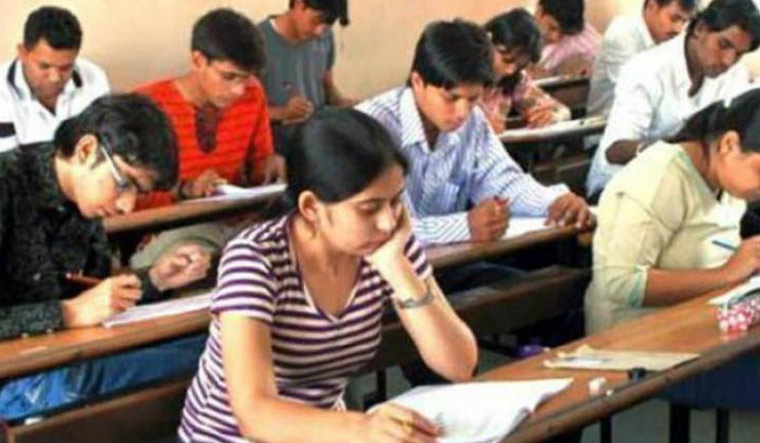Busting the popular perception that engineering students in India are not making any meaningful progress in learning, a new study by Stanford University has found out Indian students are making gains in learning, better than their counterparts in China and Russia.
In maths, for example, Indian students make the largest gains as they move from first year to third year, compared to their Russian and Chinese peers. However, this does not mean that Indian students are ahead of Chinese students in their mathematics level. They are only gaining more between year one and year three. China is still on the top when it comes to mathematics level of engineering students followed by Russia.
As expected, gains in learning are higher in elite institutions—IITs and NITs— compared to non-elite institutions.
Disadvantaged students start out substantially behind in all subjects, but make significantly more gains than advantaged students in math, physics and quantitative literacy from year one to year three.
Scheduled Tribe (ST) students make the maximum gains in learning among the socially disadvantaged groups, followed by Scheduled Caste students and OBC students. “This proves the fact that since they come from deprived communities, they have a higher urge for learning”, said Anil Sahasrabuddhe, chairman, AICTE.
Female students are underrepresented in STEM fields in elite institutions, but are well represented in non-elite institutes. Women students make considerable gains in elite and non-elite colleges.
Quality of engineering education has been a cause of concern for the government for the past few years. The new study will help government focus its policies and interventions at the right place. AICTE has recently taken a host of measures to improve the quality of engineering education. This includes changing the curriculum, making induction and internship mandatory, and training of technical teachers.


